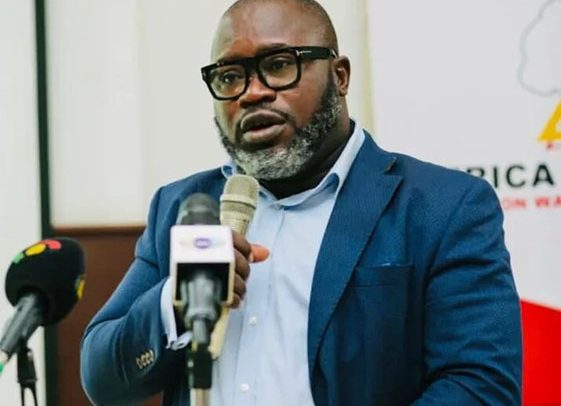Kofi Asare
A total of 4,000 primary schools in the country lack Junior High School (JHS), according to the Education Sector Medium Term Development Plan (ESMTDP) review report.
The maiden report launched by the Ghana Centre for Democratic Development (CDD-Ghana) and the Africa Education Watch (Eduwatch) indicated that the lack of JHS component in these schools affects continuation for most students.
Executive Director of Africa Education Watch, Kofi Asare said, “About 4,000 primary schools do not have junior high schools. So students are graduating from primary schools and backing out of school into the community. It is a national thing in both urban and rural areas.”
He noted that the report shows the country is doing well in the area of teacher-quality improvement as well as in the area of gender quality in ensuring that more girls in proportion to boys are in school.
From the report, although some set targets were met, especially in the area of bridging the gender parity in schools and the training of quality teachers, it was revealed that most of the targets were unmet.
Amongst other things, the lack of infrastructure continues to be a major problem facing education in the country despite the pledge by the government to put up school buildings to get rid of schools under trees.
“It is however important to note that we are lagging behind on most of the portal access indicators. Primary to junior high school transition is below target, the number of school children completing JHS is also below target,” he said.
The Africa Education Watch Director in a proposal to the government recommended the commitment of more financial resources to the sector.
“The recommendation is that the government in the next four years will have to ensure that we invest more in education. Ghana must increase its investment in education. Apart from that, by 2020 we were contributing about 17% of public expenditure to education. Within the next medium-term, the government must ensure that we increase it to at least 20%.
“Most importantly, out of that 20% that goes into education, half must go into basic education so that we will have much resources to expand equitable access and overtake the quality improvement that we need,” Mr. Asare added.
Ghana’s ESMTDP 2018-2021 is a plan put together by the Ministry of Education detailing the vision and the policies for realising the ambition of transforming Ghana into a ‘learning nation’.
It recognises the strengths and weaknesses of the current system and describes strategies to address the challenges in order to give every Ghanaian child the opportunity to succeed and contribute to national development.
By Jamila Akweley Okertchiri

